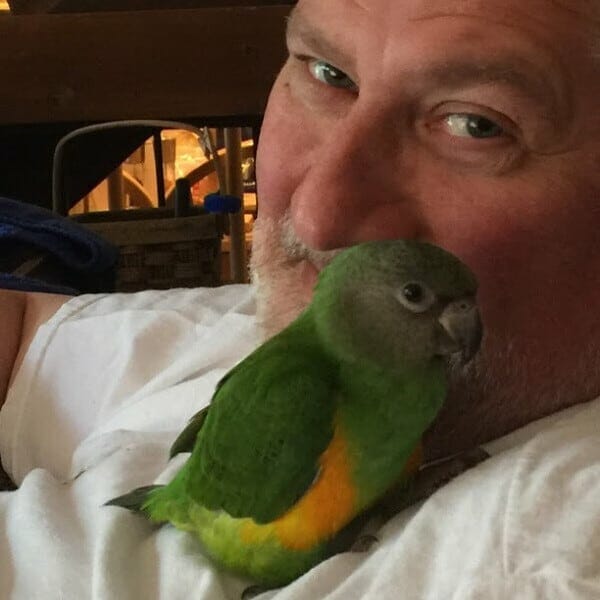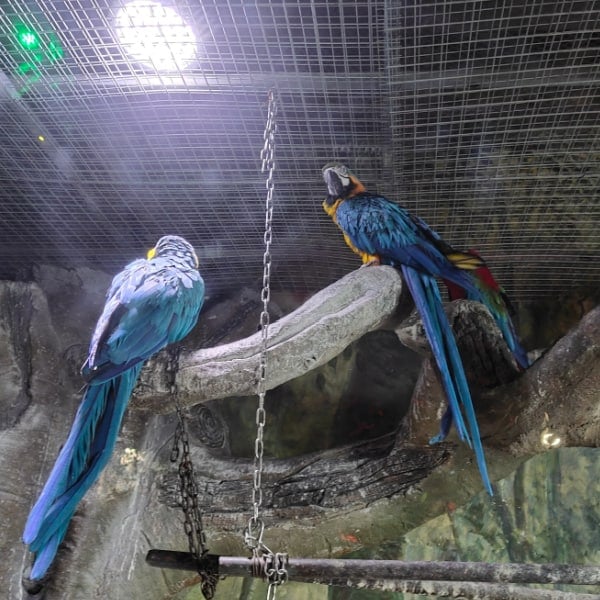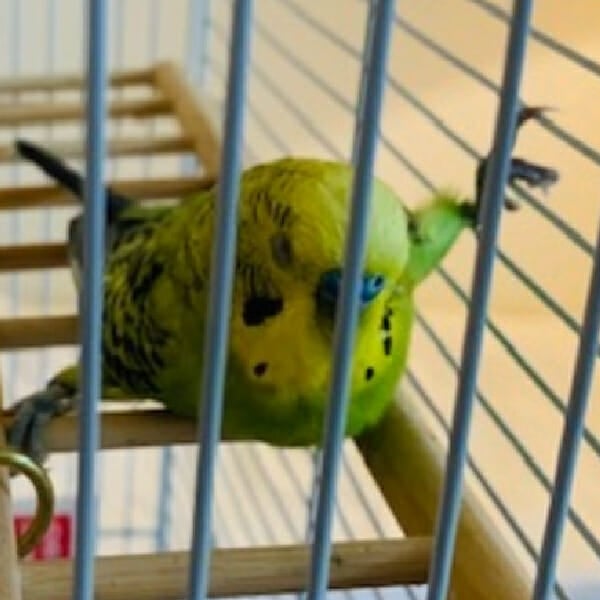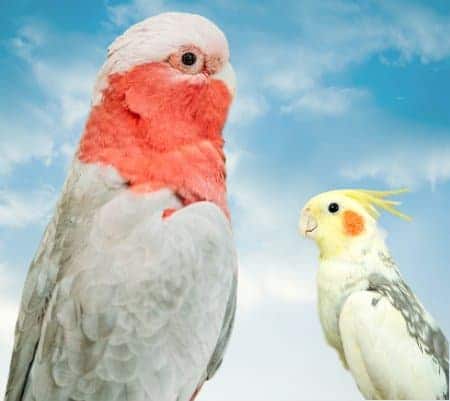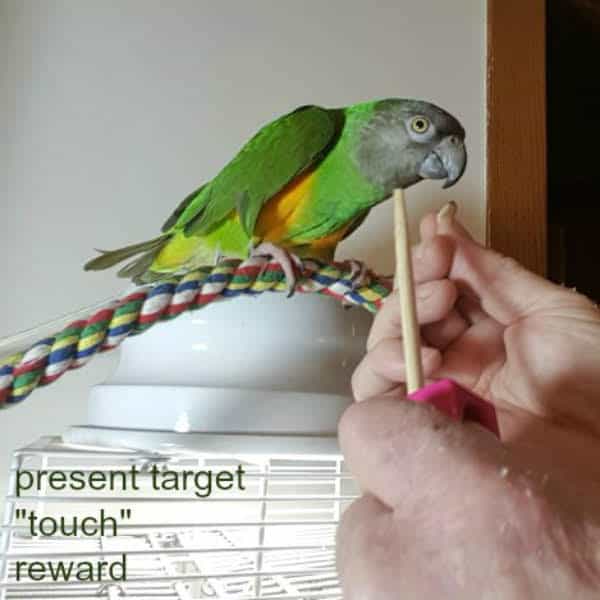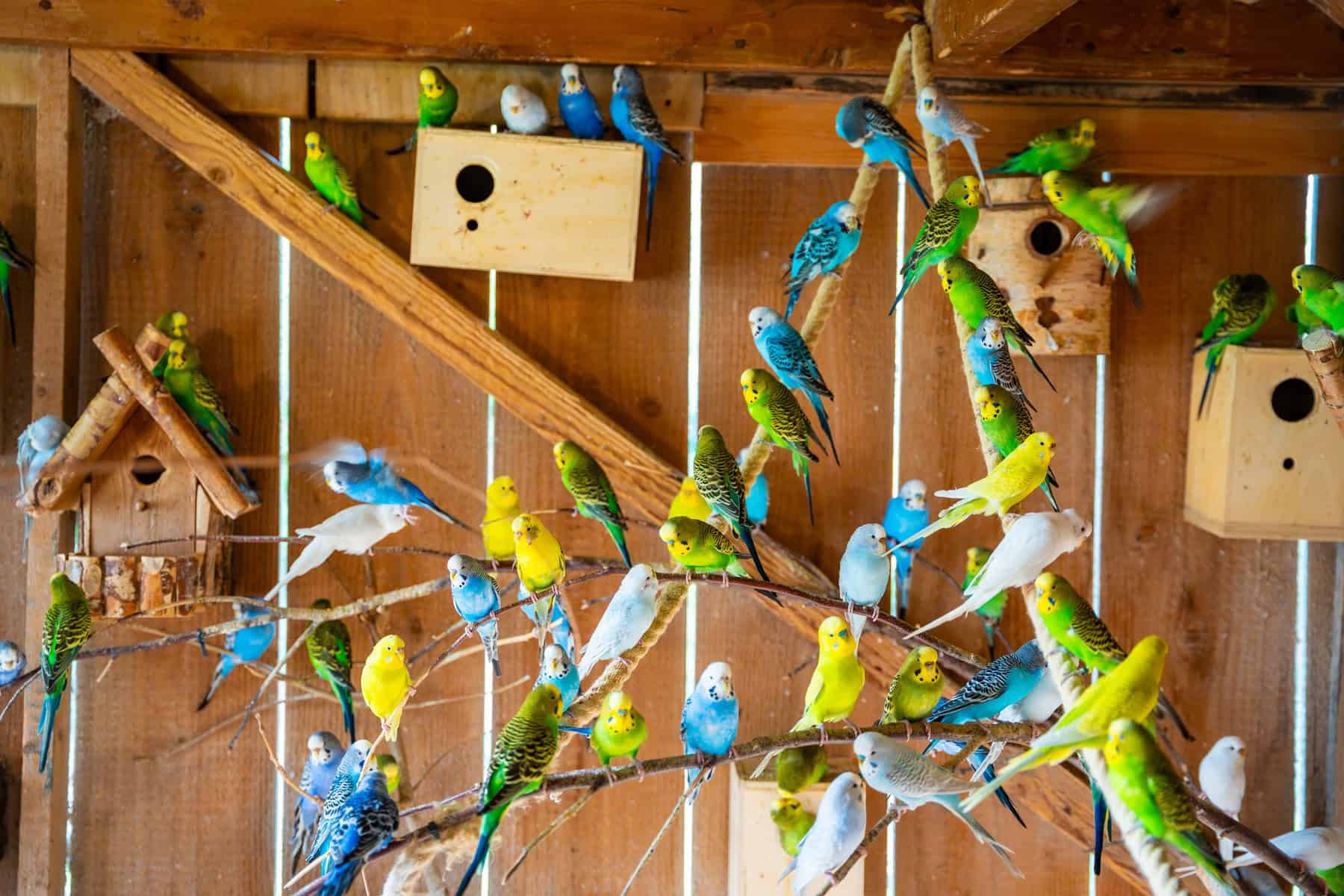How Windy City Parrot Looks At Our Bird’s Holistically
Pet food manufacturers as well as Internet “influencers” somehow associate the word “holistic” with “healthy” which indicates (to me) they clearly never read the definition of “holistic“.
ho·lis·tic – adjective
PHILOSOPHY – characterized by comprehension of the parts of something as intimately interconnected and explicable only by reference to the whole.
Thus from this point forward, you will go forth and snigger the next time someone tries to sell you holistic anything.
When you interact with us,
whether it be here, on our website, social media, email, or any other form of communication, we try to introduce you to holistic bird health as a way of succeeding with captive bird care – meaning:
